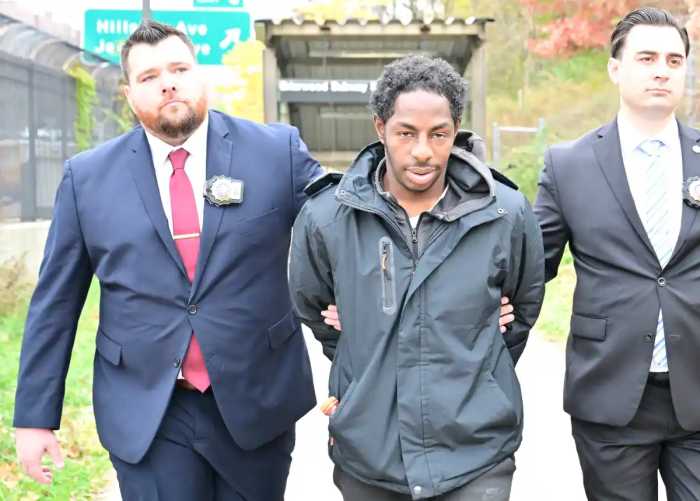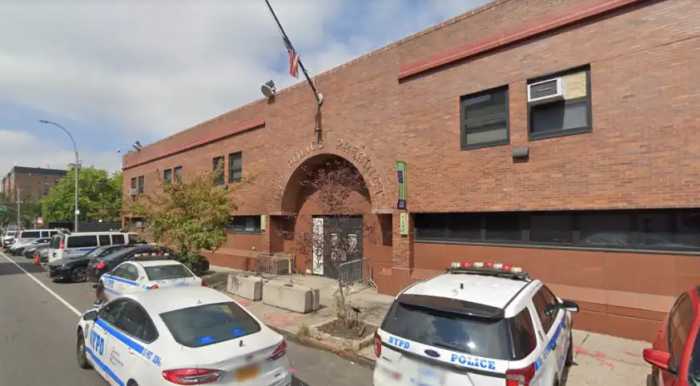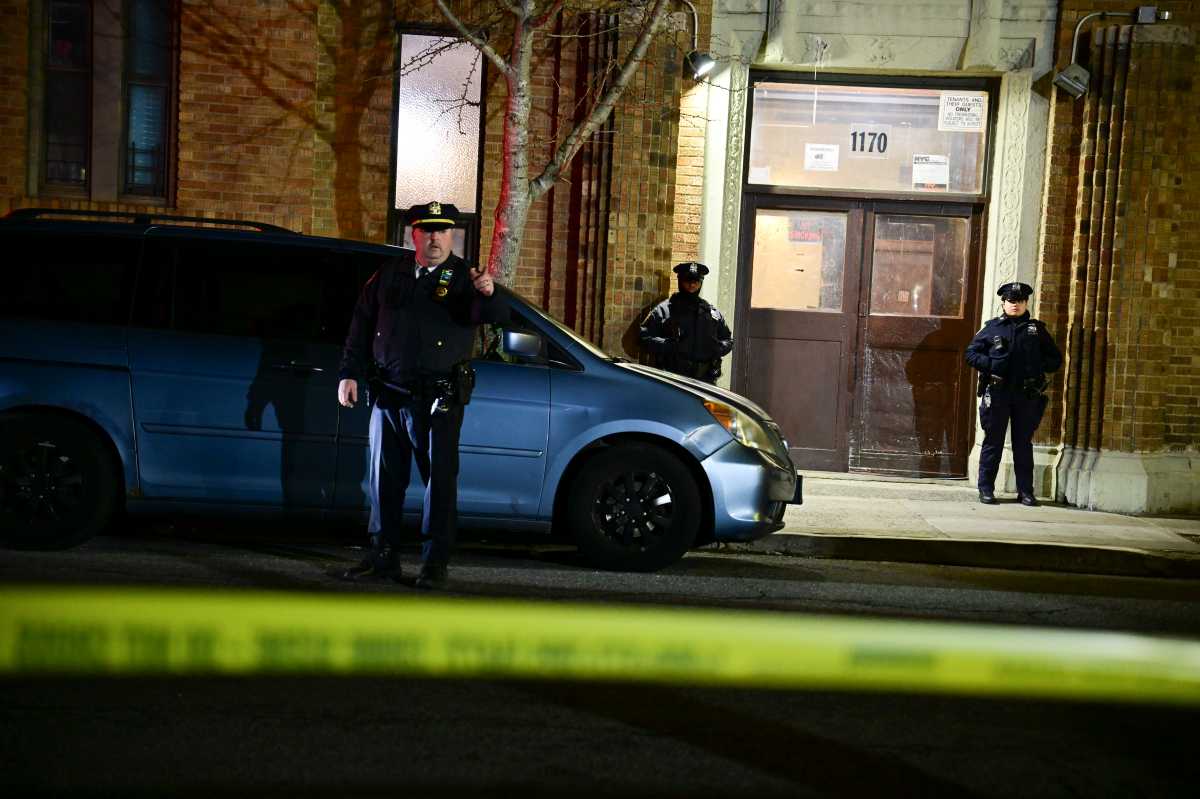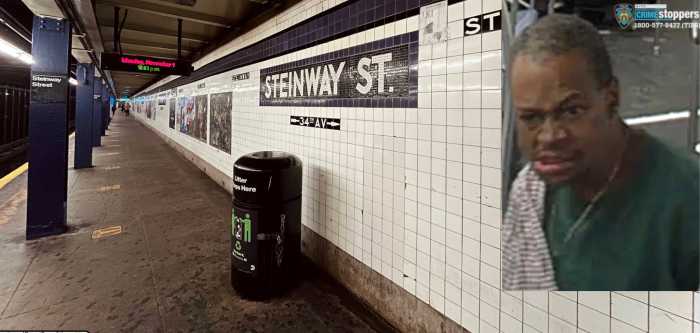Lippman Commission Executive Director Tyler Nims’ work to change the way the city detains people accused and found guilty of crimes has brought him to the controversial juncture of attempting to bring criminal justice reform by transforming the jail systems in the city entirely.
While residents of Queens, especially Kew Gardens, may have a list of concerns a mile long regarding the city’s proposal to close Rikers and place a jail adjacent to the Queens Criminal Court, Nims told QNS that to bring corrections away from the isolated island off the waters of East Elmhurst would only make life better for the detainees, families and staff.
The Lippman Commission is a legal advisory team convened by the city under the leadership of then-Council Speaker Melissa Mark-Viverito to launch borough-based jails to facilitate the closing of Rikers and help implement justice reform.
“Talking about closing Rikers, part of it is building smaller capacity in the borough,” Nims said. “But almost more important, at least from my perspective is the justice reform piece of it. To make the plan work you have to significantly reduce the number of people in jail in the first place, and that side of things has really been a real success story over the last few years.”
The first component of the change is to incarcerate fewer people, which would support policy changes such as bail reform and see a smaller rate of recidivism. By building facilities that accommodate fewer detainees, the courts would have no choice but to send non-violent and low-level offenders home until their court date, Nims said.
By detaining fewer people, the cost burden to the city would see relief with taxpayers currently spending $2 billion per year, or $300,000 for every detainee, every year. There are 15,000 jail beds across 10 jails on Rikers Island, but Nims said smaller facilities would put capacity into the equation when courts decide how to detain individuals.
A common question asked at recent community meetings in Kew Gardens is why the city is no longer willing to utilize the space on Rikers Island and why they would move the jail population into the boroughs when there are already facilities that keep the detained far away from the public.
But Nims says the isolation of Rikers is the most detrimental part of the arrangement for all involved with detainees unable to maintain connections to family who are not able to make the journey from as far as Staten Island for a visit, public defenders who are often overburdened with too many clients who are also unable to make it to the island and even Department of Corrections staff who find themselves too far removed from society themselves.
“The closer people have connections to their families, to their support networks, the better they’re going to do when they go home,” Nims said. “What you really want to do is make people can continue to be visited and have these connection because you want them to succeed when they come back.”
Although it might be easier for facilities on Rikers, which are dilapidated to the point where detainees are prone to fashion weapons from light fixtures that are falling apart and the buildings themselves are made with asbestos and lead, the real challenge is addressing the logistical issues of transporting detainees to court.
“What you can’t fix is the isolation,” Nims said. “I think people sort of think, ‘Well, it’s a jail, it should be isolated,’ but it’s an environment where people are constantly going in and out … Most the people there are awaiting pre-trial, that’s like 80 percent. So they have to be taken periodically – 10 or 11 times is the average – to a court in one of the five boroughs, and then back, to see a judge for about 5 minutes.”
Nims pointed out that it can take an hour to get to Rikers for lawyers, who are usually public defenders dealing with many cases, and then it can be even longer to get through security. As a result, many lawyers make fewer trips to Rikers, making the jail itself a barrier to legal aid for the detainees.
By exposing Department of Corrections staff to the outside world, he said, there can be real cultural change.
“Rikers Island is like a city,” Nims said. “It’s totally cut off, there’s nobody else on there but [DOC] people, and our view was that you’re never going to get the kind of culture change you need in the [DOC] without getting them off of Rikers Island … Think about it from the perspective of a staff member or an officer; you go onto this island for 12 hours or a significant amount of time … You’re totally cut off yourself.”
The proposed jail in Queens may rise up to 29 stories, if it passes through the City Planning Commission and the ULURP process, but Nims said the Lippman Commission and the city are on the same page to reduce the height and capacity of the facility as much as possible.


































